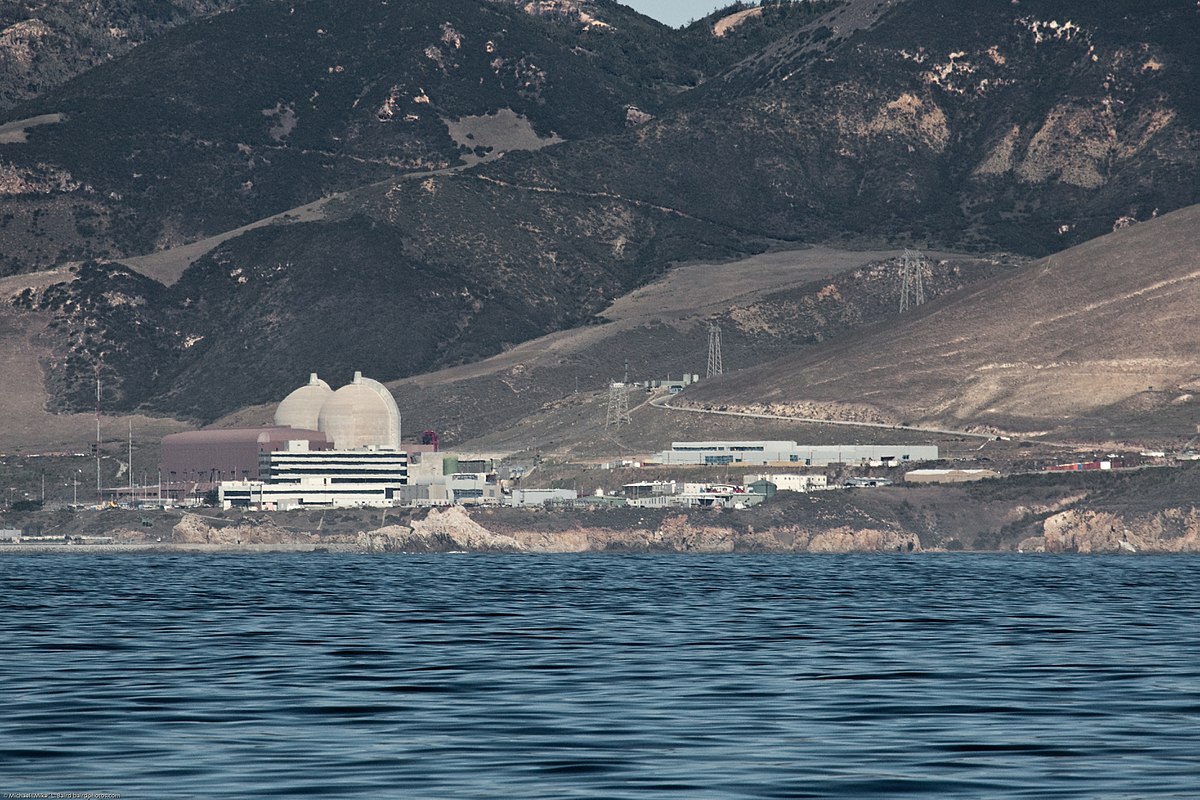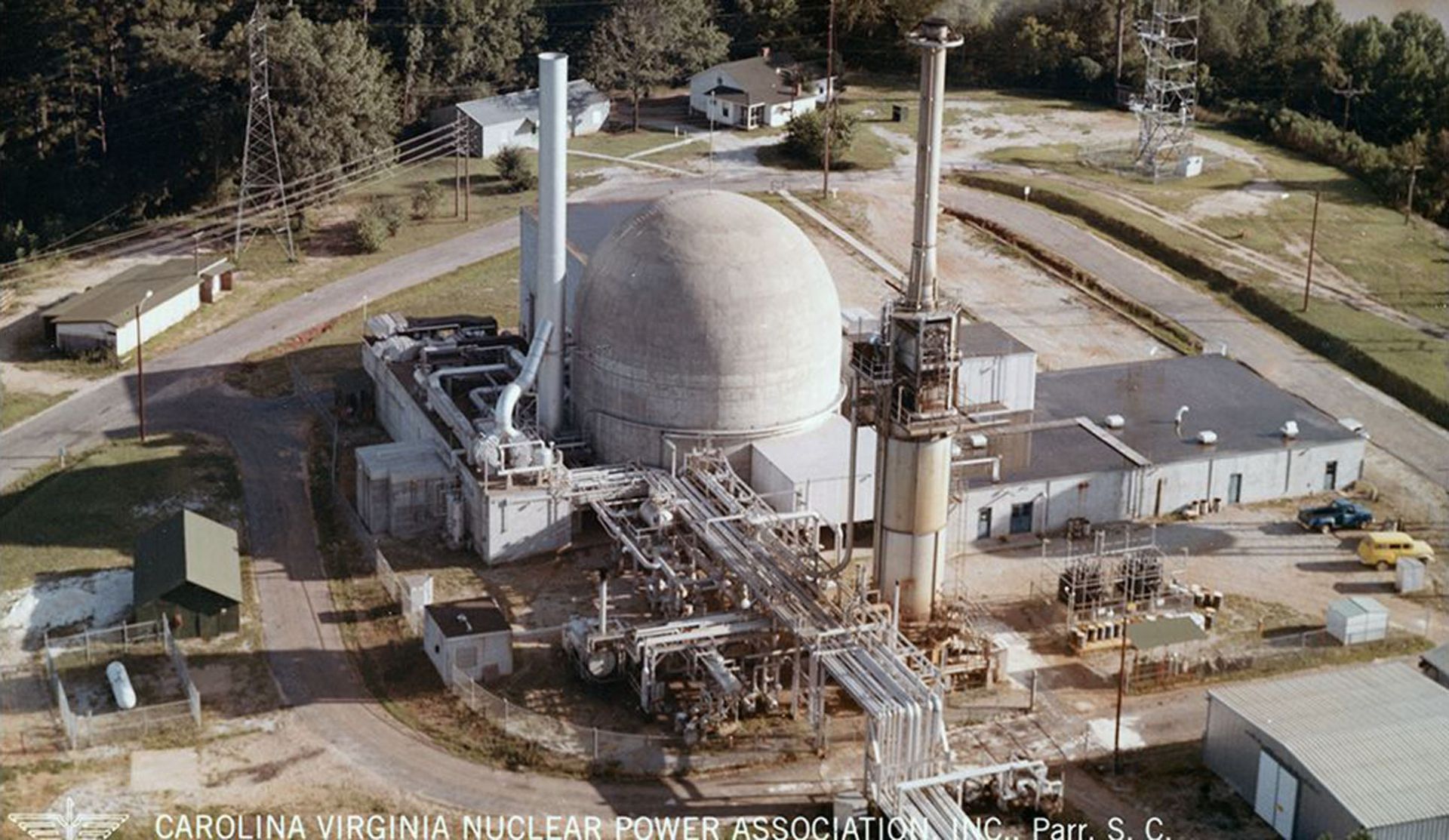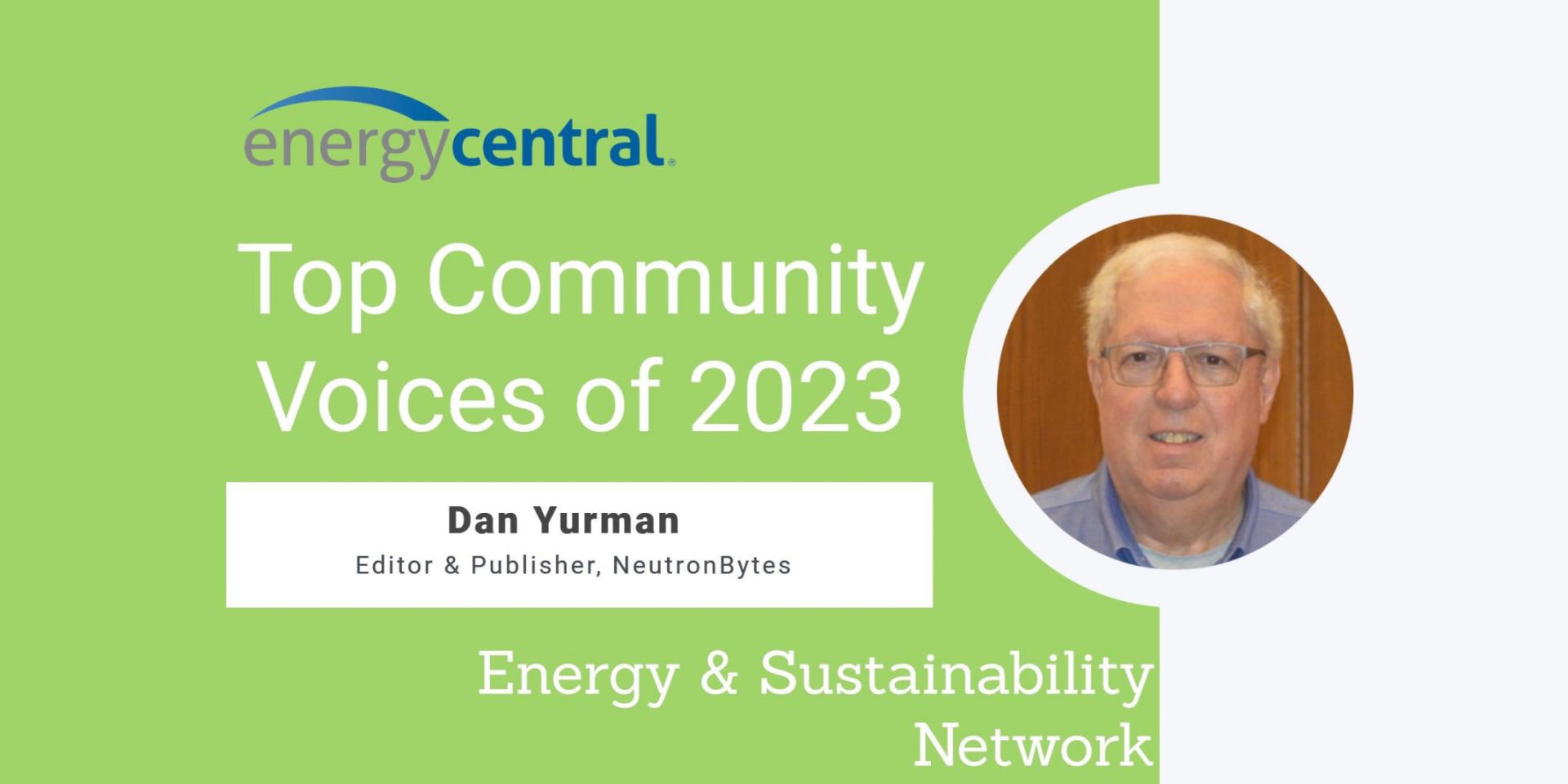While interning at SRS, Texas Tech senior Jinju Philip spent time in the quality assurance program inside the Defense Waste Processing Facility. He now works part time in the Technical Student Program as a system engineer for the site’s tank closure effort. (Photo: SRMC)
The Department of Energy Office of Environmental Management’s liquid waste contractor at the Savannah River Site is giving nine college students the opportunity to jump-start their careers this year through a hybrid work program that allows them to finish their engineering or computer science studies while also interning at SRS.
Members of the IAEA’s INSServ team visit the Sihanoukville Autonomous Port in Cambodia. (Photo: IAEA)
The International Atomic Energy Agency completed an advisory service mission to Cambodia on December 11–22 that focused on assessing the country's security regime for nuclear and other radioactive material out of regulatory control (MORC).
The V. C. Summer nuclear power plant. (Photo: South Carolina Electric and Gas Co.)
The Nuclear Regulatory Commission has finalized an inspection finding as “white” related to an inoperable emergency diesel generator at the V. C. Summer nuclear power plant in Jenkinsville, S.C. Under the NRC’s reactor oversight process, a white inspection finding reflects low-to-moderate safety significance.
“Maintaining the operational readiness of all safety-related equipment is crucial for the plant's ability to respond effectively in emergencies,” said Laura Dudes, NRC Region II administrator. “While not indicative of immediate risk, this finding underscores the need for continuous vigilance and improvement in the plant’s corrective action process.”
A still from a video on Westinghouse Electric Company’s eVinci microreactor, one of seven advanced reactor technologies that received support in GAIN’s latest round of nuclear energy vouchers. (Image: Westinghouse)
The Gateway for Accelerated Innovation in Nuclear (GAIN) announced December 19 that seven firms will get vouchers to access the nuclear research facilities and expertise of the national laboratory complex in the first round of fiscal year awards. Each company is paired with one or more national laboratories to work on concepts from advanced reactor fueling to fuel recycling to climate forecasting.
Palisades nuclear power plant. (Photo: Holtec)
A bipartisan group of nine House members is calling on the Department of Energy to give “fair, full, and swift consideration” to Holtec International’s application for DOE Loan Programs Office funding to restart the company’s Palisades nuclear plant, closed last year by the facility’s previous owner, Entergy.
Diablo Canyon nuclear power plant. (Photo: Mike Baird/WikiCommons)
The Nuclear Regulatory Commission has accepted for review Pacific Gas and Electric’s formal request to extend Diablo Canyon nuclear power plant’s operating licenses for another 20 years.
The Carolinas-Virginia Tube Reactor site, circa 1963. (Photo: Duke Energy)
The Carolinas-Virginia Tube Reactor (CVTR), also known as Parr due to its location in Parr, S.C., was a 65-MWt (17-MWe) pressurized tube reactor. Construction began in January 1960, and the reactor reached initial criticality in March 1963. Commercial operation commenced in December 1963, and the reactor was permanently shut down in January 1967 after the test program was complete.
Workers place the dome atop Hinkley Point C’s first reactor building on December 15. (Photo: EDF Energy)
EDF Energy’s new nuclear build megaproject at Hinkley Point C last Friday moved forward—or, more literally, upward then downward—when workers, with a substantial assist from Big Carl, the world’s largest crane, successfully lifted the C1 reactor building’s 47-meter-wide, 245-ton steel dome into place.
LLNL physicist Mary Burkey developed a novel approach to simulating the energy deposition from a nuclear device on an asteroid’s surface. (Photo: LLNL)
The same high energy density that makes nuclear energy a clean and efficient source of power could make it a good alternative to defend the planet against catastrophic asteroid impacts. NASA demonstrated the world’s first planetary defense technology in September 2022 by deliberately crashing a “kinetic impactor”—a heavy, box-like spacecraft—into an asteroid. Now, researchers at Lawrence Livermore National Laboratory have developed a new tool to model how a nuclear device could deflect—or even destroy—an asteroid threat to Earth in a more efficient and controlled way.
A slide from the DOE-FES’s recent presentation to the Fusion Energy Sciences Advisory Committee. (Image: DOE)
The Office of Fusion Energy Sciences (FES) in the Department of Energy’s Office of Science introduced a new plan—"Building Bridges: A Vision for the Office of Fusion Energy Sciences”—during a Fusion Energy Sciences Advisory Committee (FESAC) hearing on December 13, and announced that news December 14. What’s included? A plan for the DOE to “establish the steps needed to help advance fusion energy, including addressing key science and technology gaps in the supply chain and industry.” The vision is less a guiding document than a preview of DOE-FES’s near-term intentions, which include drafting a fusion science and technology road map in 2024 to shape investments for the coming decade.
Homer at his work station. (Artwork from The Simpsons used with the permission of 20th Century Studios)
In the episode “Duffless” in season 4 of The Simpsons, Homer is deep in the bowels of the Springfield Nuclear Power Plant when he encounters a gigantic mutant spider. He turns to a map that says, “To overcome the spider’s curse, simply quote a Bible verse.” Homer starts with, “Uh, thou shalt not . . .” but then, unable to remember anything from the Bible, he instead brains the spider with a rock. This sort of nuttiness is often how we’ve depicted the power plant on the show, where I’ve been a writer and producer for 20 seasons.
![]() Here is a recap of industry happenings from the recent past:
Here is a recap of industry happenings from the recent past:















